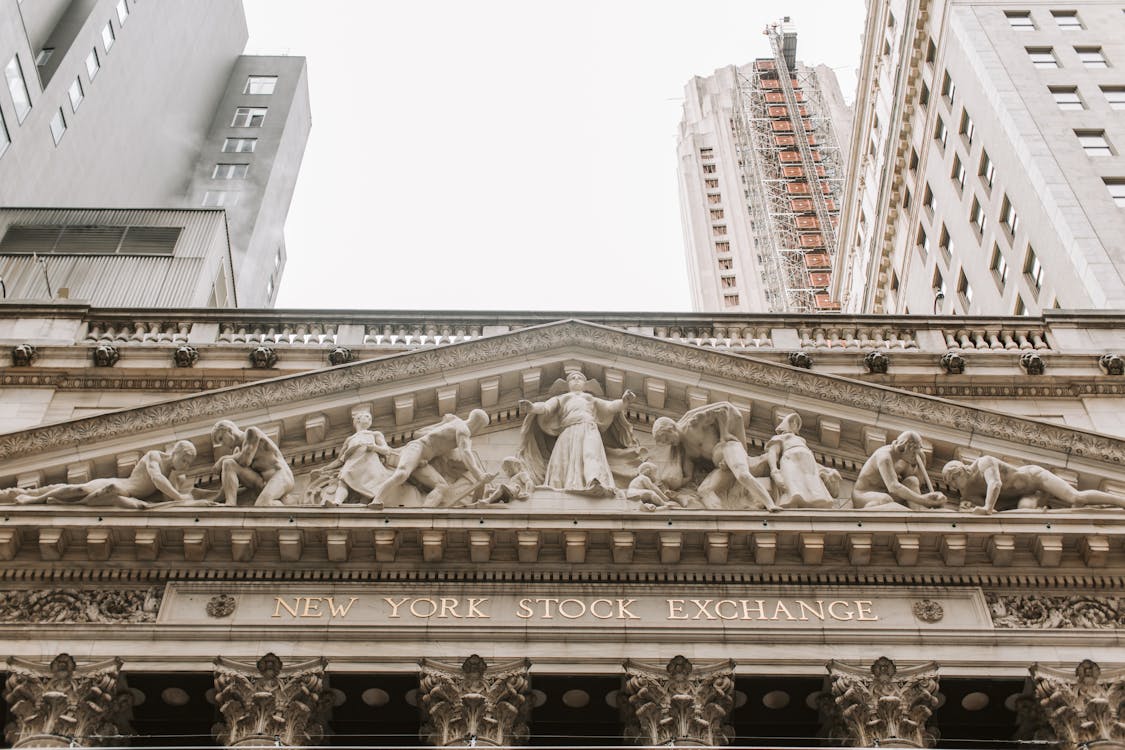The growing divergence between U.S. stocks and bonds suggests a pivotal moment may be approaching for investors. The equity risk premium (ERP), a key indicator measuring the gap between the S&P 500's earnings yield and the 10-year Treasury yield, is collapsing. Historically, the ERP is positive, rewarding investors for holding riskier stocks over government debt. However, as long-term bond yields rise and stock valuations soar, the ERP has slipped to its lowest level in 25 years, even turning negative.
Despite the Federal Reserve's recent rate cuts, bond yields remain elevated due to persistent inflation and U.S. fiscal challenges. Meanwhile, Wall Street's rally, fueled by artificial intelligence and mega-cap tech stocks, has pushed valuations to decades-high levels. Societe Generale strategists warn that if the 10-year yield hits 5.00%, the ERP could enter "unhealthy territory." They note bonds may become appealing when yields approach the nominal trend growth rate of 5.2%.
Friday saw the 10-year yield at 4.79%, the highest since November 2023, over 100 basis points higher than when the Fed began easing policy in September. This dynamic underscores the complexity of portfolio adjustments, with investors weighing unknowns like fiscal policy and the Federal Reserve's next steps.
Historical trends show the ERP's predictive power: it peaked at 7% during the 2009 financial crisis and 6% during the 2020 pandemic, signaling market lows. Today, the ERP’s decline reflects rising bond yields, suggesting Treasuries are becoming increasingly attractive.
Market uncertainty persists, but as Bob Elliott of Unlimited notes, the current divergence is unsustainable. Either bond yields must drop to align with high equity prices, or stocks must fall to reflect elevated yields. While the "buy bonds" and "sell stocks" signals flash amber, the timing for a decisive shift remains elusive.



 Gold Prices Rise as Markets Await Trump’s Policy Announcements
Gold Prices Rise as Markets Await Trump’s Policy Announcements  Cleveland Fed President Warns of Ongoing Inflation Challenge
Cleveland Fed President Warns of Ongoing Inflation Challenge  Trump’s "Shock and Awe" Agenda: Executive Orders from Day One
Trump’s "Shock and Awe" Agenda: Executive Orders from Day One  Singapore Growth Outlook Brightens for 2025 as Economists Flag AI and Geopolitical Risks
Singapore Growth Outlook Brightens for 2025 as Economists Flag AI and Geopolitical Risks  Trump Orders Blockade of Sanctioned Oil Tankers, Raising Venezuela Tensions and Oil Prices
Trump Orders Blockade of Sanctioned Oil Tankers, Raising Venezuela Tensions and Oil Prices  UK Markets Face Rising Volatility as Hedge Funds Target Pound and Gilts
UK Markets Face Rising Volatility as Hedge Funds Target Pound and Gilts  Wall Street Rebounds as Investors Eye Tariff Uncertainty, Jobs Report
Wall Street Rebounds as Investors Eye Tariff Uncertainty, Jobs Report  U.S. Treasury Yields Expected to Decline Amid Cooling Economic Pressures
U.S. Treasury Yields Expected to Decline Amid Cooling Economic Pressures  Stock Futures Slip as Amazon Tumbles on Weak Outlook, Eyes on Jobs Data
Stock Futures Slip as Amazon Tumbles on Weak Outlook, Eyes on Jobs Data  Moody's Upgrades Argentina's Credit Rating Amid Economic Reforms
Moody's Upgrades Argentina's Credit Rating Amid Economic Reforms  Global Markets React to Strong U.S. Jobs Data and Rising Yields
Global Markets React to Strong U.S. Jobs Data and Rising Yields  China’s Growth Faces Structural Challenges Amid Doubts Over Data
China’s Growth Faces Structural Challenges Amid Doubts Over Data  Bitcoin Hits $100K Milestone Amid Optimism Over Trump Policies
Bitcoin Hits $100K Milestone Amid Optimism Over Trump Policies  Home ownership is slipping out of reach. It’s time to rethink our fear of ‘forever renting’
Home ownership is slipping out of reach. It’s time to rethink our fear of ‘forever renting’  S&P 500 Surges Ahead of Trump Inauguration as Markets Rally
S&P 500 Surges Ahead of Trump Inauguration as Markets Rally  Asian Currencies Slip as Dollar Strengthens; Indian Rupee Rebounds on Intervention Hopes
Asian Currencies Slip as Dollar Strengthens; Indian Rupee Rebounds on Intervention Hopes 































